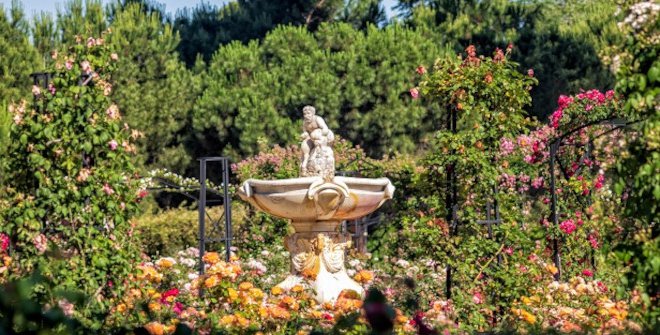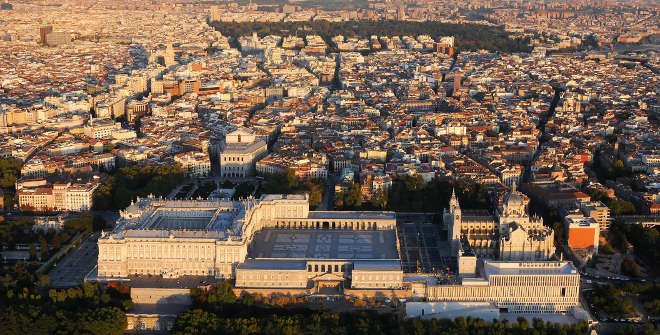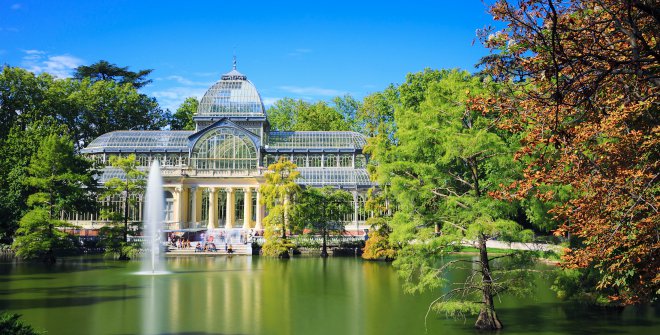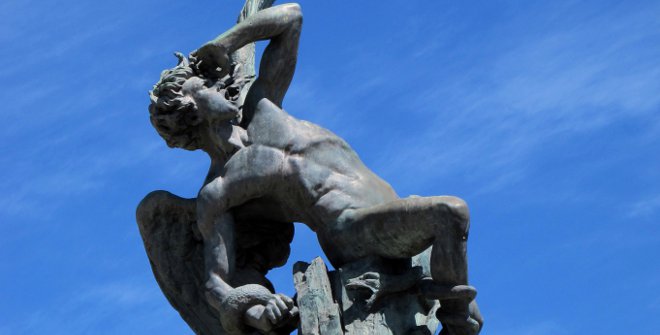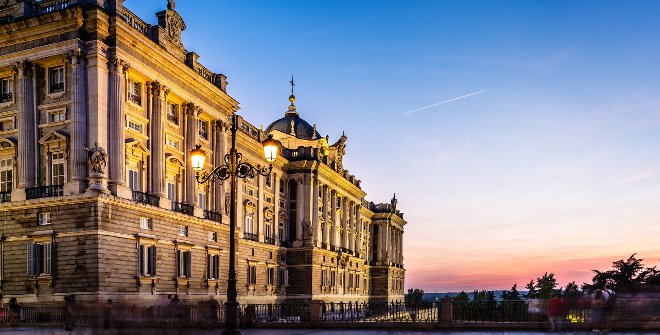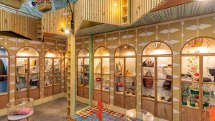A stroll through the Campo del Moro Gardens
In the heart of Madrid, discover one of the most attractive corners of Madrid: the Campo del Moro Gardens. Open every day and free of charge, enjoy a beautiful stroll through this place which is ideal for reflection and relaxation and has become one of the favourite spots of residents of Madrid.
This historic garden created by King Philip II -and managed by National Heritage- extends over more than 20 hectares (around 25 football pitches) stretching from the western façade of the Palacio Real to the Paseo de la Virgen del Puerto.
The Campo del Moro Gardens are one of the three green spaces around the Palacio Real, along with the Sabatini Gardens and the Plaza de Oriente. They were declared a Historic-Artistic Monument in 1931 and their location was used to create one of the best views of Madrid, that of the Palacio Real behind a green carpet lined with monumental fountains within a spacious and shaded garden with a romantic feel.
A little history...
It was in the 16th century when King Philip II purchased the land adjacent to the Alcazar and turned it into the leisure area for the Court in Madrid. However, due to the fire at the Madrid Alcazar, this land lost its importance in favour of other areas close to the Palace. It was not until the reign of Isabel II when the gardens were built by Narciso Pascual y Colomer in 1844. From this period, the layout of straight main avenues remains today, along with Conchas Fountain, by Felipe de Castro and Manuel Álvarez (1775), and the Tritons Fountain, a 16th century Italian work from the garden of La Isleta in Aranjuez. It is worth pointing out that during the Regency of Maria Cristina of Habsburg, the park was completely reformed according to the pseudo-landscape design of Ramón Oliva (1890).
A curious name
Many people are curious about how the Campo de Moro got its name. Its name is attributed to those who developed the gardens, who resorted to historical episodes when searching for a name. The event dates back to 1109, after the death of Alfonso VI, when the Muslim troops led by Alí Ben Yusuf tried to reconquer the Christian-held square of Madrid by attacking the Alcázar from the hillside near the river. The troops camped on this hillside waiting to launch their attacks in order to recapture the city.
Let’s start our stroll
Entrance to the gardens is free of charge but the opening times must be respected. There are three entrances: one on Cuesta de San Vicente, located to the north; another on Cuesta de la Vega, to the south; and the main entrance in Paseo de la Virgen del Puerto, to the west.
On our stroll, we will come across real attractions that will make us feel as if we were part of the nobility at that time. First of all, we will be amazed by the beautiful views offered by the large avenue known as the Pradera de las Vistas del Sol, the central point, decorated with the Conchas Fountain and the Tritons Fountain.
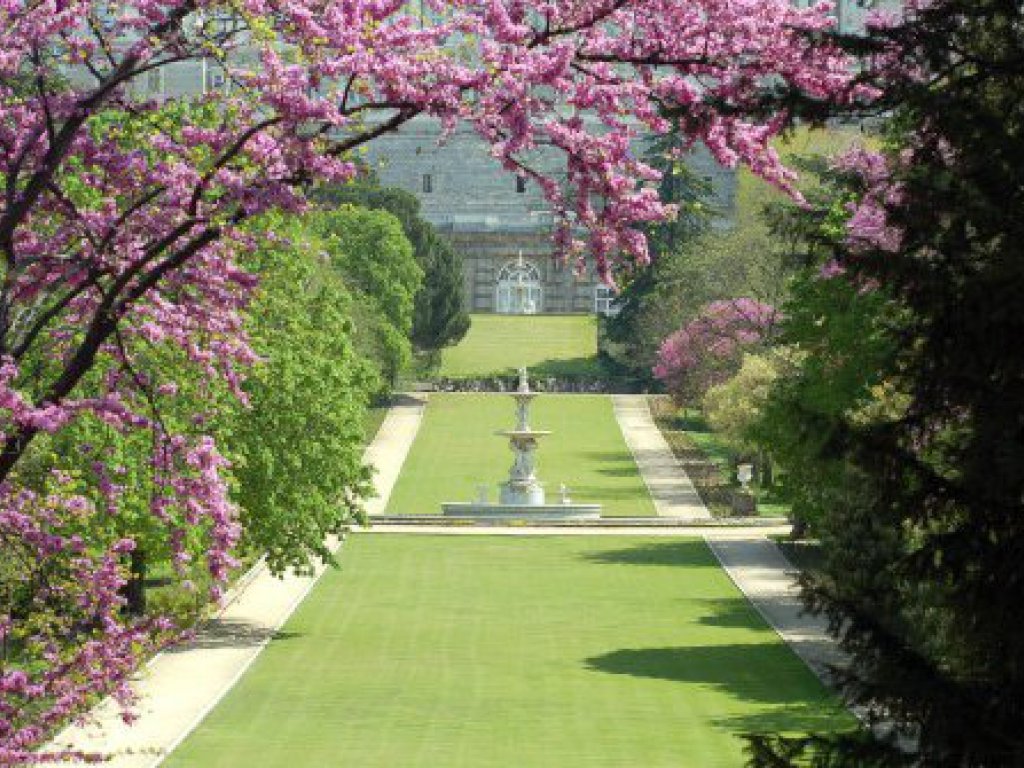
A hidden curiosity in the gardens is the Bonaparte Tunnel. Designed and built by the Spanish architect, Juan de Villanueva in 1811 at the request of José I Bonaparte, it served as an underground link between the Casa de Campo (area of the Vargas Palace) and the Palacio Real and he used it to move around without being seen. The entrances are located under the stairs at the entrance to the Paseo de la Virgen del Puerto and on the way up to the Glorieta de San Vicente from the Puente del Rey (where there is an informative plaque about the tunnel), but they are not open to the public.
Starting the route on the first walkway on the right, known as Paseo de Circunvalación, we reach the Carruajes Pond, better known as the Duck Pond. It is the largest of the gardens and dates back to 1967. From here, the pond's footbridge can be crossed to get a close-up view of the former Carriage Museum. It was also built in 1967 by the architect, Ramón Andrada in order to have a museum close to the Palacio Real. In the area around the Carriage Museum, there is the Twin Fountains located in the central point of the hexagon formed by the gardens.
A visit to the Rose Garden, designed in a circular format with a fountain presiding over the centre, is a must. Four paths lead to the four entrances from the fountain. At each entrance, there is a pergola with climbing plants and four benches next to them, inviting visitors to rest while admiring the beautiful flowers.
Like a fairy tale
From here, take the path that leads to the Paseo de los Plátanos, which goes behind the Carriage Museum and the Rose Garden, leaving the Bosquete de la Copa on the left and leading to the Tritons Fountain. This leads to the Paseo de Damas where most of the decorative elements can be found, such as the Campo del Moro Vase (1850). This walkway leads on to the Plaza de la Reina María Cristina de Habsburgo-Lorena where the Chalecito de la Reina is located. A little red and white wooden house that looks like something out of a children's fairy tale, designed by Enrique Repullés Segarra and built in 1898, is in a Tyrolean style reminiscent of Swiss mountain huts with a high, sloping roof. The Chalet del Corcho, a small octagonal-shaped kiosk or gazebo covered mostly with cork, is located nearby.
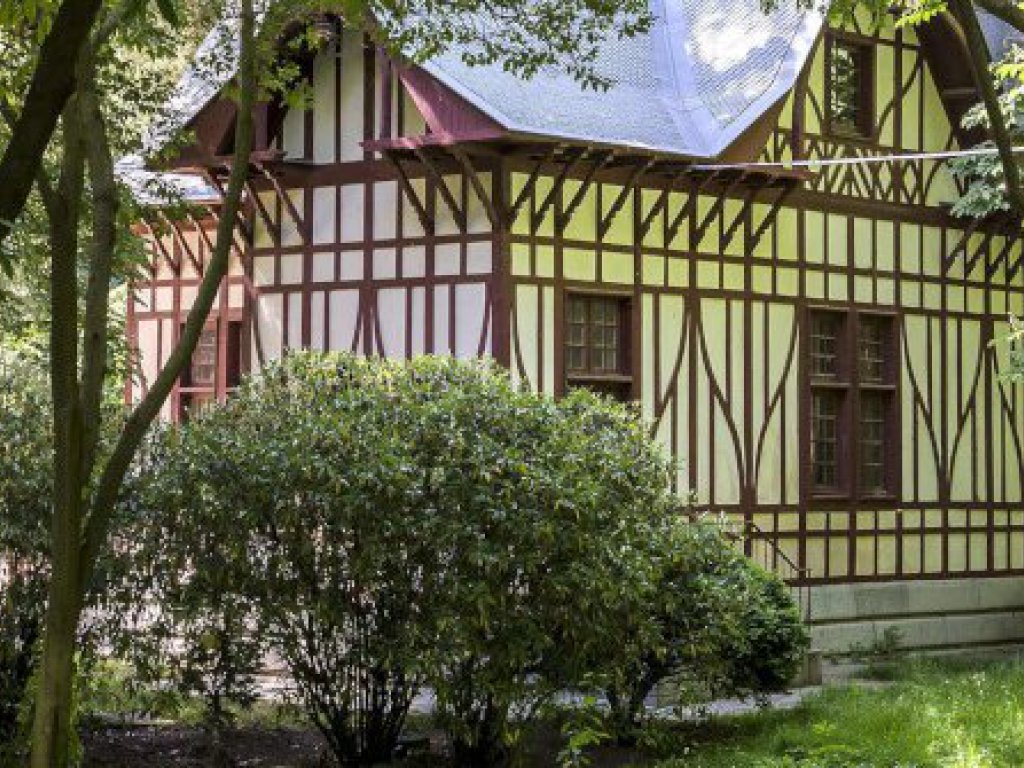
Strolling among peacocks
The gardens are home to many birds, most of which were introduced by former monarchs to enjoy their beauty. Peacocks and pheasants stand out, along with other more common species, such as pigeons, ducks, parrots or turtledoves.
These animals live freely in a green space with very old trees, including a large specimen of Pinus halepensis, which can be seen in the Paseo de Damas and is more than 30 metres high.

Places to eat nearby
After this relaxing stroll through the gardens, round off the day in one of the local restaurants.
Café del Río can be found 850 metres away, in the natural surroundings of the Manzanares River (Madrid Río), a pleasant restaurant and café with a large terrace from which impressive views of the Palacio de Oriente, the Almudena Cathedral and the Basilica of San Francisco El Grande can be admired.
On Paseo de La Florida (550 metres away), discover the traditional Asador el Molinón, which offers the best food from Asturias and the north of Spain in general, with traditional dishes using the finest products from the north, as well as a wide variety of tapas and portions. In the same area, visit the Ferreiro Group’s restaurant, whose culinary proposal is based on traditional food from Asturias, with meat and fish from the province, as well as home-made pastries.
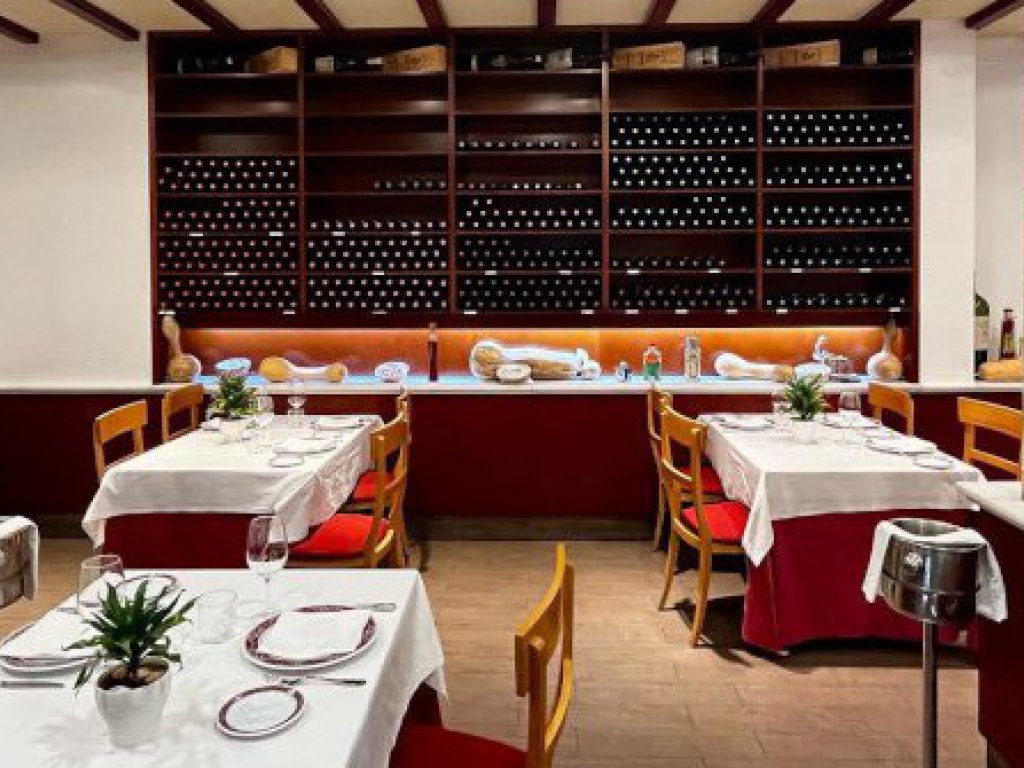
The beautiful Príncipe Pío Commercial Centre, a former train station transformed into a delightful commercial and leisure centre with a wide range of restaurants and cinemas, is nearby. You can also visit Gran Teatro CaixaBank Príncipe Pío, which offers a varied programme including all kinds of shows, from theatre to concerts, musicals and cabaret.
If you decide to stay in the Habsburg area, 450 metres away from the Cuesta de la Vega, a good option is El Anciano Rey de los Vinos, a traditional tavern that celebrated its 100th anniversary in 2009. It is perfect if you are looking for traditional gastronomy from Madrid with modern touches and a carefully selected wine list.
Another option -just 1 km from this exit is La Lonja del Mar. Its privileged location from the Plaza de Oriente offers views of the Palacio Real whilst savouring haute cuisine, including traditional food with both fish and shellfish.
If you come out via Cueva de San Vicente (across the street) you have several great options including La Cueva de Barragán or La Figal (both on Calle Arriaza, offering traditional cuisine with an affordable fixed-price daily menu), as well as a few places to get your sugar fix (such as the artisan ice cream parlour Tutti Frutti or Töto Ice Cream) and, if the afternoon stretches into the evening, you can head to the Tablao Flamenco Las Tablas or the Papagena restaurant located on the sixth floor of the majestic Teatro Real.

